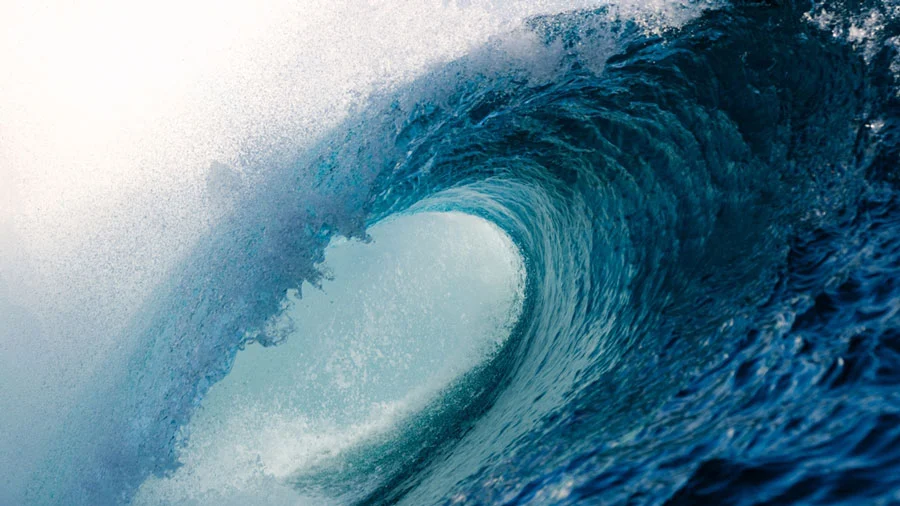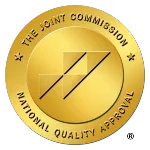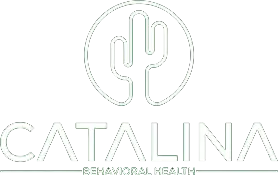Evidence-Based Support and Resources to Prevent Relapse
If you struggle with addictive behaviors, or someone you care about is struggling, you have found the right resource to help!
The urge surfing technique can be an incredibly effective tool for regaining self-control and ending cravings. This mindfulness technique can help those who are trying to change unwanted behaviors. Addiction does not only mean using drugs or alcohol. This practice helps those who want to stop smoking, gambling, overeating, or even shopping compulsively.
If you want to learn a new skill to help you fight those urges, we have several ways to support you! First, our urge surfing worksheet and PDF is a free instant digital download that can help you suppress those urges. Second is our detailed article on the technique, and third is our accredited services.
Catalina Behavioral Health is an industry leader in mental health and recovery. Our licensed therapists are masters of dialectical behavior therapy (DBT), including the urge surfing technique. They have successfully taught urge surfing to countless clients to help them have greater mindfulness and resilience when coping with their addictive behaviors.
Please read on to learn how to “urge surf” and find our instant digital download below as well!
Get Proven Detox And Rehab Options Now!
What Is the Urge Surfing Technique?
Urge surfing is a mindfulness technique that falls under the umbrella of Dialectical Behavioral Therapy. DBT teaches clients how to increase their distress tolerance, among other skills. Those skills can help you tolerate and survive a crisis without worsening matters.
The idea of urge surfing was an innovative idea by Dr. Alan Marlatt, an addiction clinician. He understood the very tricky nature of addiction and introduced urge surfing as a mindfulness technique to help people cope with the urge to use drugs and alcohol
Urge surfing also uses some tools learned in cognitive behavioral therapy (CBT). CBT helps you change negative, unhelpful thoughts to positive ones and improves emotional regulation.
How Does Urge Surfing Work in Practice?
It can help individuals overcome strong cravings and urges to engage in impulsive actions related to their addictive behaviors and curb the intensity of triggers to drink or use drugs.
The urge surfing technique comes from the idea that compulsions are like waves. Picture how waves move. They start to roll in, rise in intensity, peak, and then slowly subside.
In relation to psychology, that means you can ride your urges, similar to surfing. You can gain tremendous control over your behaviors and emotions by riding the most challenging part of the urge instead of giving in to it. By denying the craving, you reduce the likelihood of giving in to your addiction.
The Benefits of Urge Surfing and DBT When Coping With Emotions and Cravings
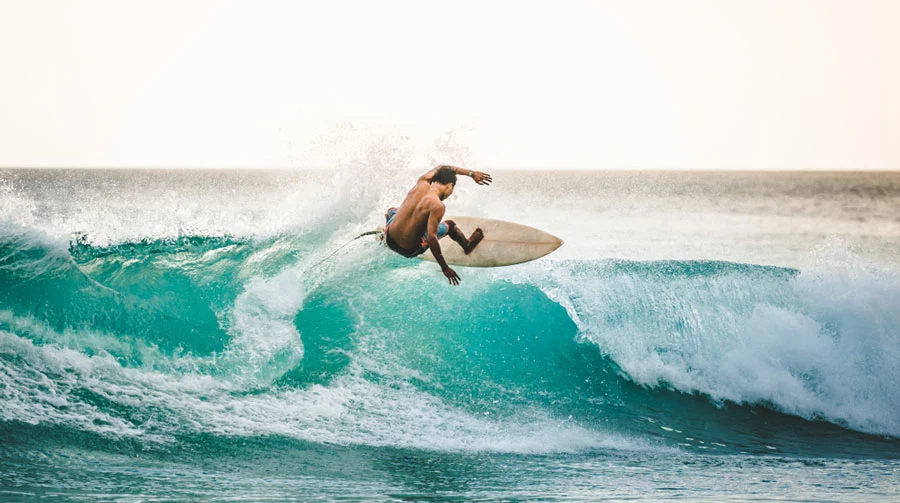
Mastering and skills to help you with recovery is like having a full catalog to choose from when you need to shop for something you need. Imagine walking into a well-organized, cheery store with beautiful products on display. Just as you can browse the aisles and find just the right item, you can take comfort in having a range of psychological skills at hand for when you face triggers or a possible relapse.
Here are some good reasons to try urge surfing to resist need to act on your urge to use alcohol, tobacco, drugs, or other addictions.
- A better way of coping during recovery: This DBT tool gives you the skills you need to handle urges and cravings as they occur.
- Reduce relapses: DBT helps reduce relapse by integrating CBT and giving you a new emotional regulation skill. As a result, you learn how to stand firm when you feel a relapse may be imminent.
- Improve your resilience: Using DBT and CBT skills can help you build confidence in your ability to withstand the stress that’s normal in every person.
When in addiction recovery, you should take the opportunity to master any DBT skill that can help you stay clean and sober. It is a valuable way of coping with emotions in recovery and not allowing them to become destructive by making events out of transitory feelings.
The Four Key Parts of Urge Surfing
This section will explain the components of urge surfing in more depth so you can put them into practice.
Step One: Identify the Urge (Awareness)
The urge surfing technique starts when you have a craving. Once you feel it starting, stop for a moment to recognize it without judgment.
For instance, this could mean that you name the urge, saying to yourself, “I have the urge to drink a cocktail.” (Of course, you will replace that craving with yours.)
Step Two: Observe the Urge Objectively
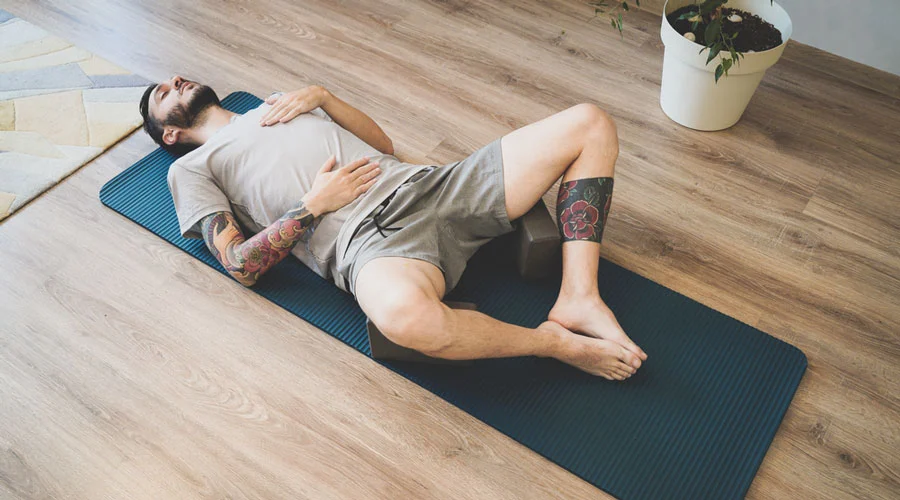
Next, pause and notice the physical sensations of your urges. Try practicing a deep breathing technique; focus on your breaths as they move in and out of your lungs.
Objectively examine the urge. What triggers it? How do you feel physically and mentally? Don’t try to change those feelings; just acknowledge them. Re-center yourself using a quick mindfulness technique, such as naming three sounds you can hear in the moment.
Step Three: Visualize Yourself Riding the Wave
The next part helps you work past the discomfort of your cravings. Visualize the wave. Allow it to reach its peak with the understanding that it will gain intensity. But then, it will soon fall. Don’t try to suppress it. Instead, apply mindfulness techniques until the wave breaks against the shore.
Stay present and focus on the present, without attempting to push the urge away.
Step Four: Accept That Cravings Are Normal
Acceptance of the fact that urges are part of recovery – and that they will crest and fall – shows tremendous growth.
After the urge passes, reflect on the urge. You might write about it in your journal. While writing in your journal, be sure to write yourself a note about how great it felt to have this mastery over your addiction.
Using the Urge Surfing Handout
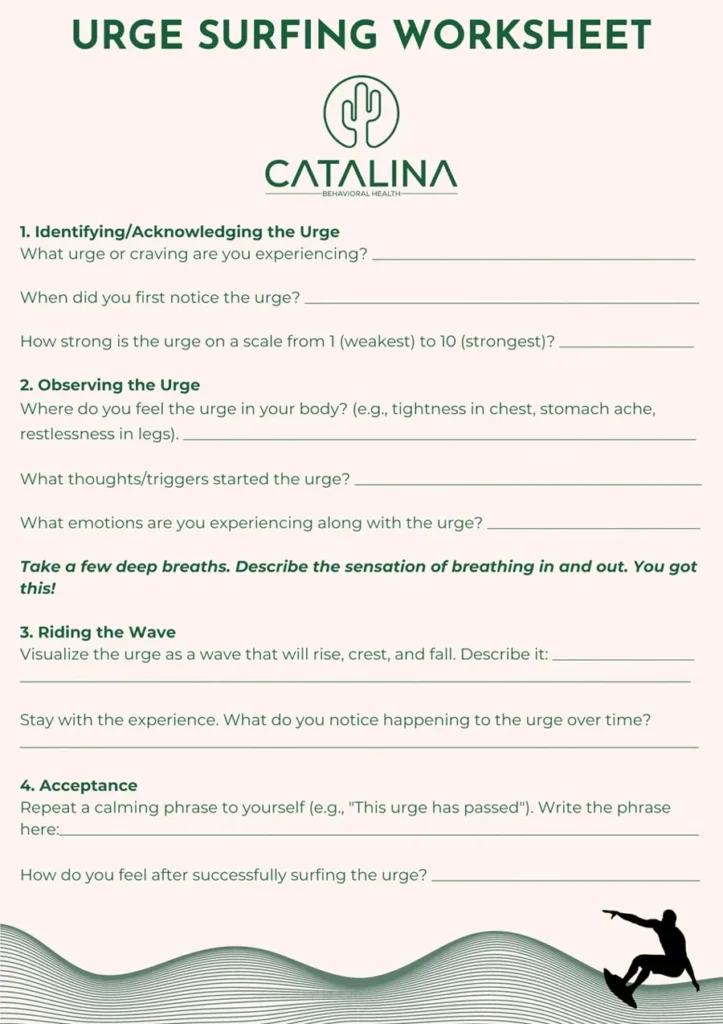
The urge surfing technique can assist you with emotional regulation when you have urges. After you master this DBT skill, you can cope with unwanted behaviors. Like every skill set you learn in DBT or CBT, you may have a little discomfort when you first ride the wave. However, surfing will become easier with practice.
Download our urge surfing worksheet and pdf using the button above, and keep it handy when encountering triggers in your daily life.
Up To 100% of Rehab Costs Covered By Insurance
Connect With Catalina for More Resources and Support in Treating Addiction
Are you ready to beat your addiction and have a new, clean, and sober life?
While the wave surfing practice is extremely helpful to help you fight off any urge that may arise, you may need professional care, first. Catalina Behavioral Health, in Tucson, Arizona, is a leader in helping clients achieve lasting recovery from addictions of all kinds.
Our entire staff understands the nature of recovery and will customize a plan with an intensity that matches your particular needs. Connect with us today; it is time to act for a brighter future!


